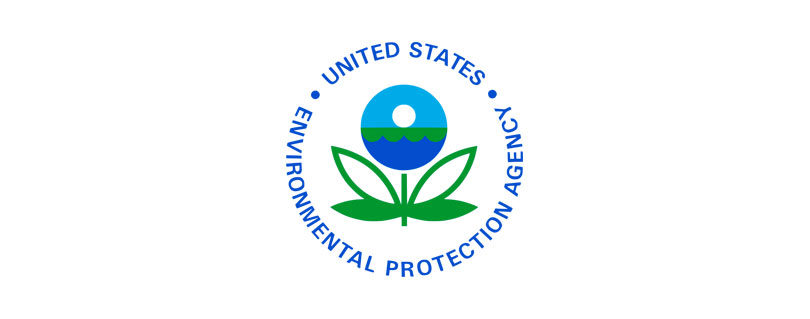EPA Hurricane Fiona Update for September 30
Publilshed by the U.S. Environmental Protection Agency (EPA)
PUERTO RICO – The U.S. Environmental Protection Agency (EPA) continues to coordinate closely with federal, commonwealth, territory, and local partners as the Agency responds to the impact of Hurricane Fiona. EPA is focused on environmental impacts and potential threats to human health as well as the safety of those in the affected areas.
“EPA is actively engaged in Puerto Rico on recovery efforts, and we will be focused on ensuring that those communities hardest hit by the storm are not overlooked,” said Lisa F. Garcia, Regional Administrator. “Additionally, our office is readying EPA teams of emergency responders, scientists, and other professionals to help impacted communities get back on their feet in the short-term while we look to maximize Hurricane Fiona recovery work with ongoing efforts to make the island more resilient over the long-term.”
Separate from its work under FEMA, EPA is assessing the status of Superfund sites and active cleanup sites. EPA is also assessing the operability of oil and chemical handling facilities and local water systems not serviced by the Puerto Rico Aqueduct and Sewer Authority (PRASA)—also known as non-PRASA systems. EPA is working with the Water Coalition—a collaboration between federal and local agencies and nongovernmental organizations that provides technical assistance on safe drinking water requirements—to conduct the assessments and will use the information collected to identify needs and help allocate resources.
EPA teams are conducting assessments at fixed facilities in Puerto Rico that are regulated under the Risk Management Plan (RMP), Facility Response Plan FRP), or Spill Prevention, Control, and Countermeasure (SPCC) programs. The agency has not identified significant concerns at any of the facilities.
EPA continues to assess Superfund sites, oil sites, and chemical facilities in Puerto Rico to determine if the sites were affected by Hurricane Fiona and if there is a potential for contamination to cause off-site impacts. The agency has not identified significant concerns at any of the sites, thus far.
EPA has important resources available online in English and Spanish about floodwaters, mold, hazardous debris, household hazardous waste, and other hurricane impacts. EPA’s central hub for disaster and hurricane information is available at EPA Hurricanes and EPA Huracanes.
You can find EPA’s Hurricane Fiona web page here. EPA will update that site as it continues its response.
Follow EPA Region 2 on Twitter and visit our Facebook page.
22-076
Read the full article at: https://www.epa.gov/newsreleases/epa-hurricane-fiona-update-september-30


